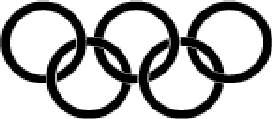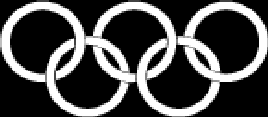The 2004 Image Subtraction Olympics
Motivation: image subtraction is a useful tool in many fields of astronomy.
Over the years, various groups have developed algorithms to perform PSF-matched
image subtraction on astronomical data, motivated by various science drivers
(e.g., SN searches, microlensing surveys) and applying (and optimizing) their
methods to different data sets. It is interesting to try to find out which
image subtraction method is best suited to deal with various conditions and
challenges we meet in various fields in Astronomy. Quite possibly, there is no
single method which is "best" - different approaches give better results for
different data sets. It therefore seems like a good idea to make a controlled test
in which each method is applied, by an expert in using it, to a pre-defined
set of data, and the results are compared.
To attempt this, the 2004 Image Subtraction Olympics are organized. This will
be an all-around controlled trial of subtraction software, in the
form of a "tournament". The general idea is to compile a
set of test data sets, and have experts from around the globe test their
image-subtraction software on these sets, then publish the
results, so that everyone can (hopefully) choose the best package for
his specific needs.
The proposed setup:
1. Main competition: we assemble a small sample of data sets which represent
the stuff people are working on, and each participating group will subtract
each of the sample sets to the best of its ability. The data sets will be
supplied by the participants themselves - up to three different data sets per
group. If a group prefers not to introduce any data, and just subtract the
sets compiled by other groups, this is also ok. People contributing data sets
must make it easy on the rest of the participants: the images must be
registered to the best of the contributors ability, and the data set must not
be too bulky or otherwise technically complicated (e.g., fancy fits
structures, etc.) to avoid computational problem to all others.
2. Sub-competition - light curve extraction: Those interested can also
submit a stack of images containing a variable source. Other groups that
have image-subtraction based light-curve extraction routines can then
apply them and get the light curve, with errors.
3. Sub-competitions - registration: Those that so wish can supply two
duplicate data sets - one classically registered amd one resampled using
more fancy stuff (e.g., SWARP). Others will subtract both sets and we'll see
the impact that swarping has on the performance if various algorithms. This
is triggered by conflicting claims as to the effect SWARP
has on subtraction (improves/ruins it).
Confirmed participants:
Avishay Gal-Yam (CPM)
Brian Schmidt (HZT, ESSENCE)
Chris Pritchet (CFHT Legacy Survey)
Paul Price (Pan-STARRS)
Andy Becker (MACHO, LSST)
Przemek Wozniak (OGLE)
Constructed: September 2004, by Avishay Gal-Yam, E-Mail: avishay@astro.caltech.edu



